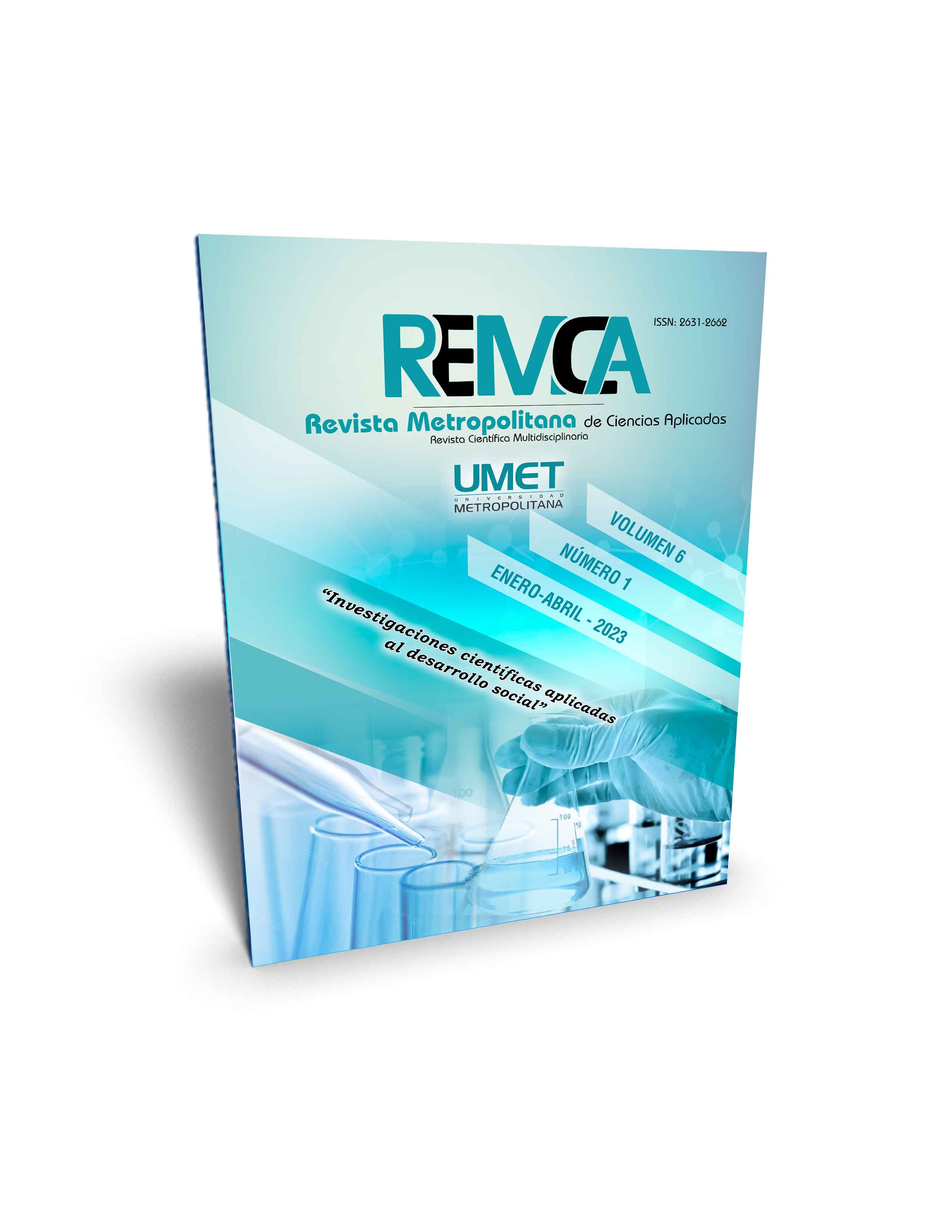La garantía de motivación desde la línea jurisprudencial de la Corte Constitucional Ecuatoriana
DOI:
https://doi.org/10.62452/ert5ty86Palabras clave:
Corte Constitucional, líneas jurisprudenciales, derechos fundamentales, garantía de la motivación, debido procesoResumen
La garantía de la motivación como parte del debido proceso, se encuentra tácitamente determinada en la Constitución de la República del Ecuador. A lo largo de los años y gracias al control permanente de la Corte Constitucional del Ecuador sobre los procesos jurisprudenciales, esta garantía ha podido evolucionar, lográndose un criterio unificado y trazando una misma línea jurisprudencial. El objetivo general de este trabajo es, entonces, analizar críticamente la línea jurisprudencial de la Corte Constitucional del Ecuador con respecto de la garantía básica de la motivación, desde la sentencia hito, hasta concluir en la conformación del criterio rector en la sentencia No. 1158-17-EP/21. Con un enfoque metodológico de investigación de corte cualitativo, y con la aplicación de métodos como el histórico-lógico, el inductivo y el de revisión bibliográfica, se obtiene como resultado del presente trabajo investigativo un documento de análisis crítico con respecto a la postura de la Corte Constitucional en cuanto a procesos que, a lo largo de la historia fueron considerados como idóneos, para su jurisprudencia, así como, el abordaje integral de la motivación hasta llegar a determinar la suficiencia y procedencia de los procesos jurídicos.
Descargas
Referencias
Corte Constitucional del Ecuador. (2009). Sentencia N. 025-09-SEP-CC. http://doc.corteconstitucional.gob.ec:8080/alfresco/d/d/workspace/SpacesStore/1bc37c45-5bbd-414c-849c-1ff1ea98aff4/0023-09-EP-res.pdf
Corte Constitucional del Ecuador. (2012). Sentencia N. 227-12-SEP-CC. http://doc.corteconstitucional.gob.ec:8080/alfresco/d/d/workspace/SpacesStore/9ddb1953-2786-4758-acae-18adeac48ebf/1212-11-epsentencia.pdf?guest=true
Corte Constitucional del Ecuador. (2019). Sentencia N. 860-12-EP/19. http://doc.corteconstitucional.gob.ec:8080/alfresco/d/d/workspace/SpacesStore/99ea55f1-560a-46aa-a36c-d2be4f59d027/860-12-EP-19(0860-12-EP).pdf
Corte Constitucional del Ecuador. (2021). Caso No. 1158-17-EP. https://www.fielweb.com/App_Themes/InformacionInteres/1158-fw.pdf
Ecuador. Asamblea Nacional Constituyente. (2008). Constitución de la República del Ecuador. Registro Oficial 449. https://www.oas.org/juridico/pdfs/mesicic4_ecu_const.pdf
Ecuador. Asamblea Nacional. (2009). Ley Orgánica de Garantías Jurisdiccionales y Control Constitucional. https://vlex.ec/vid/ley-organica-garantias-jurisdiccionales-643461681
Espinosa, C. (2010). Teoría de la motivación de las resoluciones judiciales y jurisprudencia de casación y electoral. Tribunal Contencioso Electoral.
Ferrer, E., Martinez, F., & Figueroa, G. (2014). Diccionario de Derecho Procesal Constitucional y Convencional Tomo I. Instituto de Investigaciones Jurídicas.
Ferrer, E., Martinez, F., & Figueroa, G. (2014). Diccionario de Derecho Procesal Constitucional y Convencional Tomo II. Instituto de Investigaciones Jurídicas.
Hernández, V. (2018). El test de motivación de la Corte Constitucional del Ecuador: ¿Cómo conocer si una sentencia está correctamente fundamentada? YACHANA Revista Científica, 7(1), 21-31.
Organización de los Estados Americanos. (1978). Convención Americana sobre Derechos Humanos (Pacto de San José). OEA. https://www.oas.org/dil/esp/1969_Convenci%C3%B3n_Americana_sobre_Derechos_Humanos.pdf
Sarango, H. (2008). El debido proceso y el principio de motivación de las resoluciones/sentencias judiciales. (Tesis de maestría). Universidad Andina Simón Bolívar.
Tenesaca-Maldonado, S., & Trelles-Vicuña, D. (2021). El Derecho Constitucional a la Motivación: Línea Jurisprudencial de la Corte Constitucional, a partir del año 2019. Ciencias económicas y Empresariales, 6(1), 246-267.
Descargas
Publicado
Número
Sección
Licencia
Derechos de autor 2023 Angel Patricio Bustamante-Fajardo, Victoria Molina-Torres (Autor/a)

Esta obra está bajo una licencia internacional Creative Commons Atribución-NoComercial-CompartirIgual 4.0.
Los autores que publican en la Revista Metropolitana de Ciencias Aplicadas (REMCA), están de acuerdo con los siguientes términos:
1. Derechos de Autor
Los autores conservan los derechos de autor sobre sus trabajos sin restricciones. Los autores otorgan a la revista el derecho de primera publicación. Para ello, ceden a la revista, de forma no exclusiva, los derechos de explotación (reproducción, distribución, comunicación pública y transformación). Los autores pueden establecer otros acuerdos adicionales para la distribución no exclusiva de la versión de la obra publicada en la revista, siempre que exista un reconocimiento de su publicación inicial en esta revista.
© Los autores.
2. Licencia
Los trabajos se publican en la revista bajo la licencia de Atribución-NoComercial-CompartirIgual 4.0 Internacional de Creative Commons (CC BY-NC-SA 4.0). Los términos se pueden consultar en: https://creativecommons.org/licenses/by-nc-sa/4.0/deed.es
Esta licencia permite:
- Compartir: copiar y redistribuir el material en cualquier medio o formato.
- Adaptar: remezclar, transformar y crear a partir del material.
Bajo los siguientes términos:
- Atribución: ha de reconocer la autoría de manera apropiada, proporcionar un enlace a la licencia e indicar si se ha hecho algún cambio. Puede hacerlo de cualquier manera razonable, pero no de forma tal que sugiera que el licenciador le da soporte o patrocina el uso que se hace.
- NoComercial: no puede utilizar el material para finalidades comerciales.
- CompartirIgual: si remezcla, transforma o crea a partir del material, debe difundir su creación con la misma licencia que la obra original.
No hay restricciones adicionales. No puede aplicar términos legales ni medidas tecnológicas que restrinjan legalmente a otros hacer cualquier cosa que la licencia permita.




